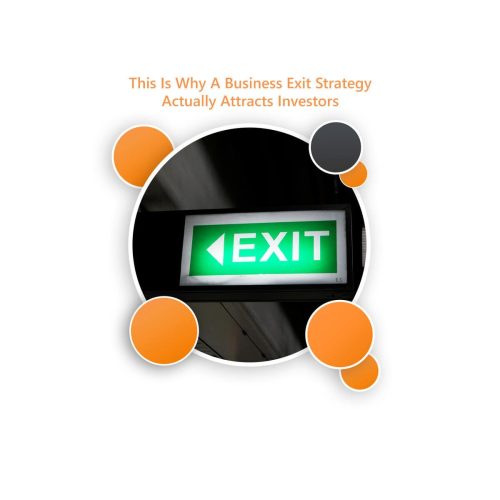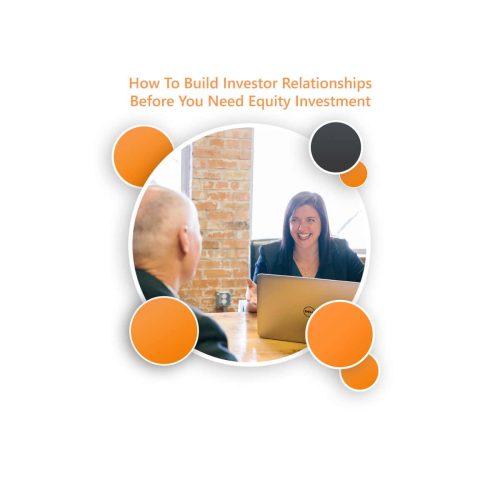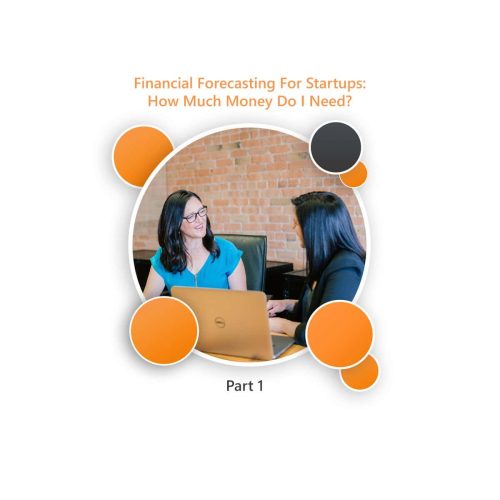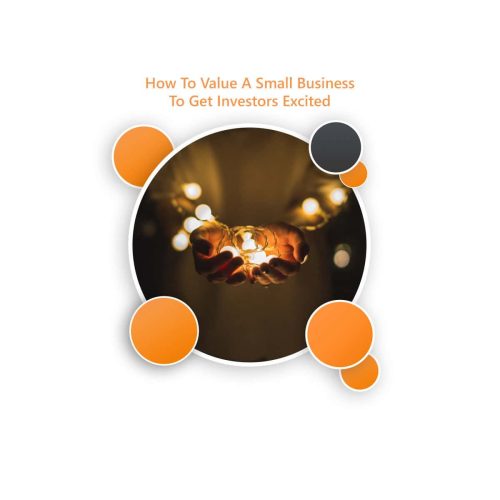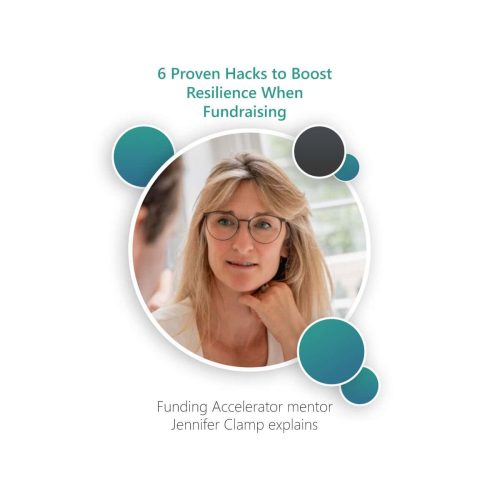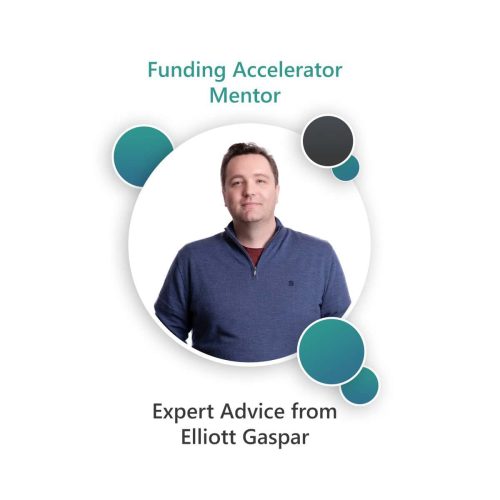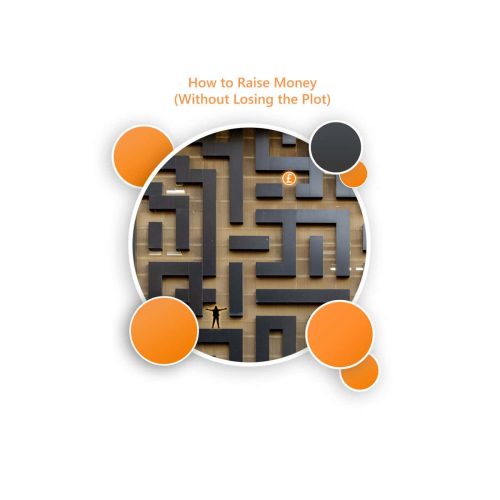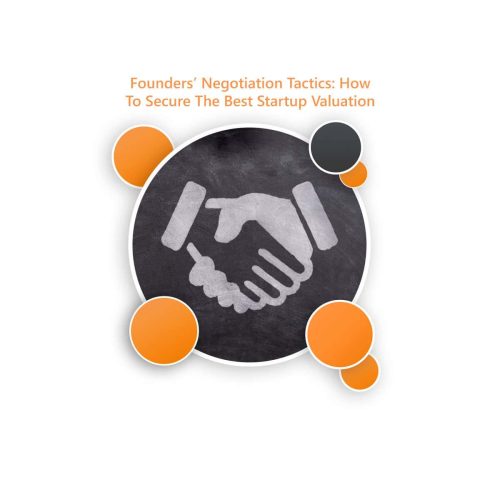When founders talk about securing investment, they often focus on their product, the market potential and the speed at which they will grow revenue. But here’s a reality check: if you can’t prove you have a solid sales process, investors won’t back you.
Traction is one of the biggest deciding factors for investors. They don’t just want to hear about your brilliant idea; they want evidence that customers are buying. That’s why your sales process needs to be rock solid.
In a recent Funding Masterminds session, Funding Accelerator mentor and scale-up strategist Lucy Whittington shared some invaluable insights into how startups can structure their sales process and marketing to drive revenue. If you’re struggling to gain traction, here’s what Lucy recommends focusing on.
1. Get Your Message Right
Your messaging needs to be clear, concise, and customer-focused. Too often, founders fall into the trap of talking about features rather than benefits. Investors (and customers) don’t care how clever your tech is, they care about what it does for them.
Lucy suggests asking yourself:
- Can I describe what we offer customers in one sentence?
- Is it immediately obvious how we solve our customer’s problem?
- Are we consistent in communicating the value we offer customers across our website, social channels and in our sales conversations?
If you can’t answer “yes” to all of these, you’re making it harder to sell. And if you can’t sell, you won’t raise investment.
A strong sales process starts with a message that resonates with your target market. Get that right, and the rest of your sales funnel will follow much more smoothly.
2. Define a Repeatable Sales Process
A common mistake startups make is treating every sale like a one-off. If your sales process isn’t structured, repeatable, and scalable, investors won’t see how you can grow.
Lucy recommends mapping out the customer journey:
- Hello stage: How do potential customers first hear about you?
- Welcome stage: What’s the next step that gets them engaging with you?
- Engagement stage: How do you nurture them towards making a purchase?
This isn’t just about making sales now, it’s about proving to investors that your business has a scalable path to revenue.
3. Ditch the Curiosity Shop Approach
If you’re selling too many things to too many people, your brand messaging gets muddled, and customers don’t know what to buy from you. Lucy uses a brilliant analogy: think of your business like a well-organised shop window.
- If it’s clear what you’re selling and who it’s for, customers will buy.
- If it’s messy, overwhelming, and unclear, they’ll walk straight past.
Make sure your sales process is as streamlined as possible. A confused buyer never buys. Focus on offering a clear value proposition and a well-organised customer journey that guides them seamlessly toward making a purchase.
4. Know Your Ideal Customer (and Make Sure They Know You)
Investors want to see that you understand exactly who buys your products and services – ie who your target audience is. If your approach is too bland or too broad, your messaging won’t land and your sales process will suffer.
To refine your ideal customer profile, Lucy suggests asking:
- Who is most likely to buy from our business based on existing sales?
- What specific problem are these customers trying to solve?
- What triggers your customers to look for a solution like yours?
This level of clarity helps you market and sell better and it reassures investors that you’ve done your homework.
5. Prioritise Customer Proof Over Perfection
Many founders waste time chasing perfection before they launch. The truth? Investors don’t care if your product isn’t fully “finished.” They care if people are using it, like what it does and are willing to pay for it.
Lucy emphasises how important it is to:
- Get your first customers (sometimes called “early adopters”) using your product and giving you feedback on their experience. Call this a ‘pilot’ or ‘launch offer’ if it makes you (and your buyers) more comfortable.
- Create testimonials, case studies and evidence that showcases the value you offer customers.
- Focus on demonstrating demand, rather than building endless product features.
Investors back businesses that are already showing traction. If you can prove you have paying customers and a reliable sales process, your chances of securing funding dramatically increase.
Final Thought: Sales First, Funding Second
If you take one thing away from this blog, it should be this: investors don’t fund ideas, they fund businesses. If you want to raise investment, you need to show you can generate revenue – and that means perfecting your sales process.
If you are developing your marketing plans and need help visit Lucy’s website to download a free MOPS checklist and review support options.If you are preparing to launch a funding round, why not join a Funding Strategy Workshop that helps you focus on the things that are important to investors.
- Founders’ Negotiation Tactics: How To Secure The Best Startup Valuation - May 12, 2025
- How To Master Your Sales Lifecycle: Close Deals Faster And Smarter - April 30, 2025
- How To Maximise Your Business Valuation And Attract Investors - April 7, 2025



